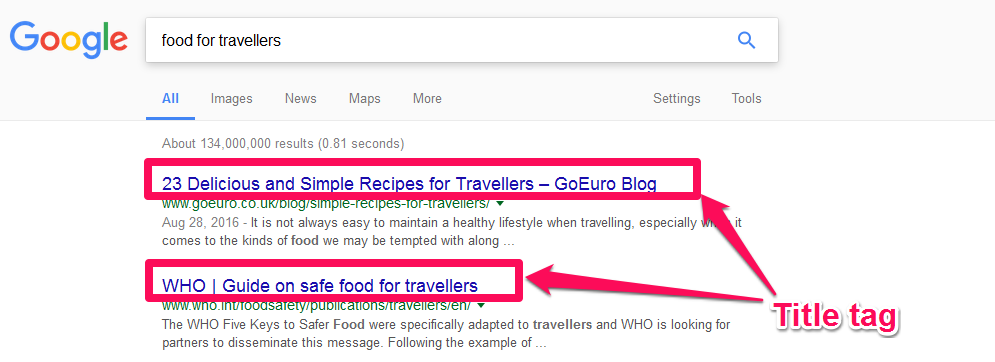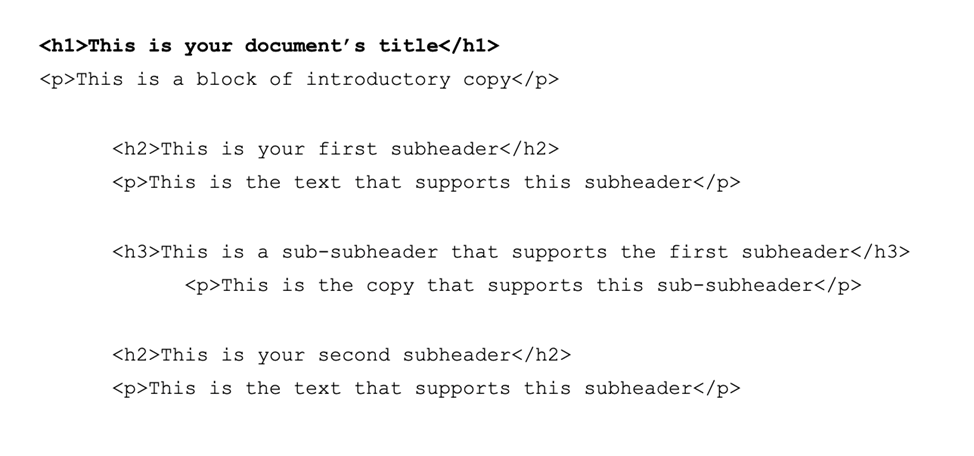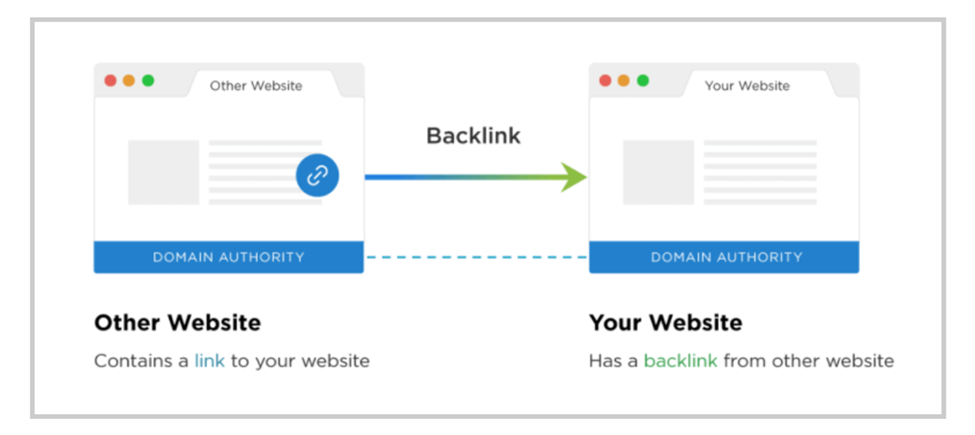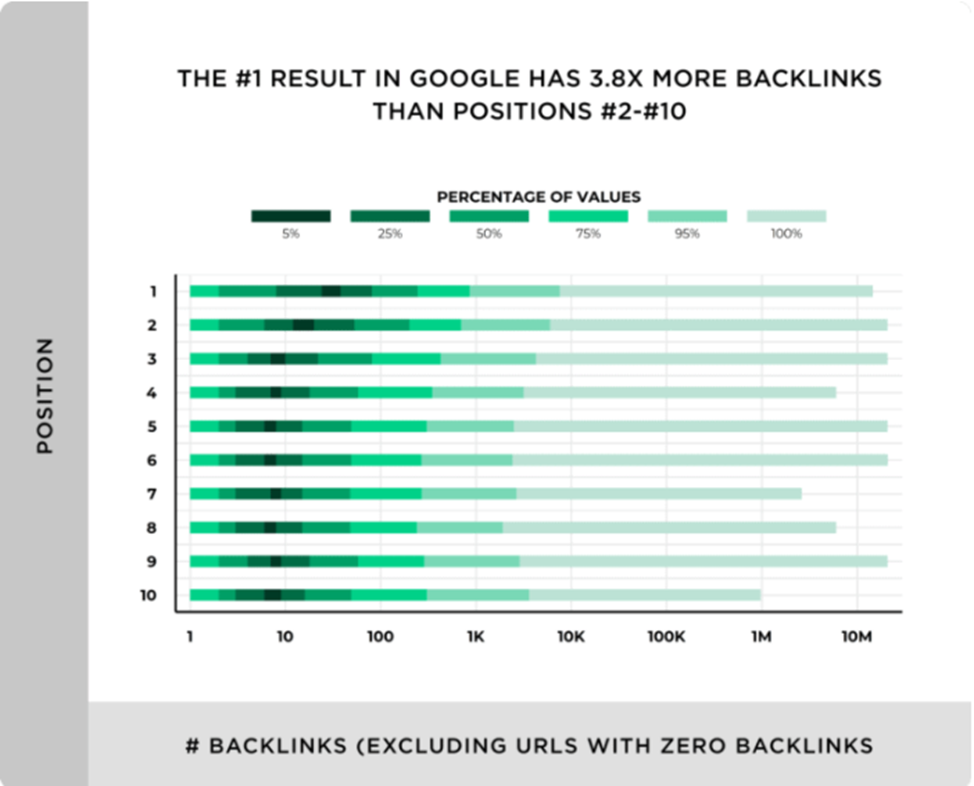
Table of Contents
- What Is Organic Traffic?
- Why Do You Need Organic Traffic?
- 5 Ways to Increase Organic Traffic
- Key Takeaways
- Conclusion
- FAQs
If you are an online business owner, you probably know that increasing organic traffic to your website is the key to success. Enhancing your website’s visibility can make or break your business sales and revenue strategy. But how to increase organic traffic? How to lead your target audience to organically land on your website? We are about to find out.
Whenever you start an online business, the primary advice you will get from everyone is to increase organic traffic. The websites that generate maximum traffic will obtain maximum business, and, therefore, profit. Simple, right? After all, organic searches drive 53% of all web traffic.
But what happens if you are a start-up and unable to compete against market-leading pages on search engines? You may feel that you are fighting a losing battle. And honestly, it may be slightly hard to rank on the top spots of search engines. That said, it is certainly not impossible.
We don’t want all your hard work and effort to go to waste. So we have created a list of the top five SEO techniques to increase organic traffic. These techniques will surely help you get a top rank on Google’s search results.
What Is Organic Traffic?
The term “organic traffic” is used to refer to visitors who land on your website as a result of unpaid search results. When an individual runs a quick Google search, they get several paid and unpaid results. Paid search results are advertised pages that appear at the top of Google results. These paid results are obviously positioned better than the unpaid alternatives.
However, many businesses don’t wish to pay for search traffic, and this is where organic search results come into the picture. Organic visitors find the website straight from the search results and are not referred to by any other website. Now you may be wondering, “How to increase website traffic organically?” Well, the best way to do it is to focus on SEO. Once you have a proper SEO strategy in place, getting organic traffic and acquiring new visitors becomes relatively easy.
Why Do You Need Organic Traffic?
Organic traffic is extremely important for your website. It is much more crucial than paid traffic or any traffic you get from social media networks. And the reason for this is fairly simple: this type of traffic is targeted.
Users who land on your website from a search engine’s query have a specific intent. And if you can address their query or offer a relevant solution, they are most likely to convert.
Additionally, organic traffic is vital, as it improves website trust. The users who search on Google have full faith in it. Thus, they also trust its ranking algorithm and mostly visit the few top-ranking websites. This implies that organic visitors are more likely to convert, as opposed to those coming from Facebook or any other medium.
5 Ways to Increase Organic Traffic
With the constantly changing Google algorithm and so much information to build your SEO, it is easy to feel overwhelmed. To help you, here are some highly effective SEO techniques to increase organic traffic.
1. Develop content based on target keyword research
When you develop a content strategy, you must focus on identifying your target keywords. These keywords act as a signpost to Google’s web crawlers, indicating topics and offering hints on the nature of the content on the website.
By conducting keyword research, you can easily discover who is searching for the topics you want to write about. Each piece of content you develop must strive to match the search intent as closely as possible. There are many tools you can use to conduct keyword research and boost your SEO techniques to increase organic traffic.
- SEMrush
This is one of the most widely acclaimed tools for SEO analysis. It enables you to identify high-intent keywords for your business. At the same time, you can analyze the keywords your competitors are using by simply typing their URL into the search bar.
- Keyword Explorer by Moz
This is a versatile tool that covers every aspect of the keyword planning process. It enables marketers to identify keywords, build lists, and filter them by topic. You can even analyze important metrics, such as click-through rates (CTR), to improve the efficiency of the keywords. Lastly, you can assess the keywords used by your competitors.
- Ahrefs
Ahrefs is a comprehensive tool that also offers a keyword explorer. It enables marketers to search for a range of keywords and assess them on metrics, such as CTR, search volume, keyword difficulty, and many more.
Moving on, all keyword research tools will suggest the following.
- Short-tail keywords
- Mid-tail keywords
- Long-tail keywords
You should also look at the opportunities offered by long-tail keywords. These keywords are longer and more specific than short-tail keywords. They have more transaction-intensive search intent attached to them, making them ideal for content that pushes target customers further down the funnel.
According to a report, 91.8% of all searches are long-tail keywords.

So make sure you identify long-tail keywords related to your chosen topics with low competition and high search volume. Write content that adequately answers the user’s intent behind the selected keyword.
2. Use effective titles and headings
Another one of the guaranteed ways to increase organic traffic is using catchy titles and headlines. The <title> HTML tag defines a web page’s title. It is meant to serve as a concise description of the specific page’s content. A title is the first line of the hyperlinked text that Google shows in its organic search results. Thus, it is considered a highly crucial element of on-page SEO.
For instance, the larger blue text in the image below are the titles that appear on Google’s organic search results.

When it comes to writing compelling titles, you must remember the following.
- Keep it less than 70 characters, as any text beyond that will be trimmed when displayed in Google’s search results.
- Include the primary keyword that you want to rank for.
- Write catchy words or phrases that compel people to read further.
If possible, consider including your company name at the end to boost brand awareness.
The points above prove that if you are looking for tips on how to improve organic traffic, you must pay attention to the titles. In fact, they should be among the very first things you consider when creating content. If your business web page gets indexed by search engines and ends up ranking but still doesn’t receive clicks, Google will replace it with content pieces that do get clicked on.
Headings are another significant aspect of your on-page content. They lend structure to your content and help Google get a better idea of what your page is all about. The primary subheading of your HTML document is wrapped in the <h2> tag, and further subheadings are wrapped in tags ranging from <h3> and <h6>.
Here is an example for better understanding:

Remember to add your secondary keywords in your subheadings. It tells the search engine that your content not just covers the primary topic, but other parts of the topic as well, hitting it from multiple angles. And this, in turn, helps increase organic traffic.
3. Write meta descriptions that drive clicks
A meta description is a succinct explanation of a web page’s content. This description appears underneath the page title in search engine results pages (SERP).
Below are some specimens of meta descriptions (highlighted in purple).

Although meta descriptions are not nearly as significant to Google’s ranking algorithm as page titles, they help drive clicks from users. A lot of people read meta descriptions to understand what the specific page is all about. They serve as a preview of the page and enable users to decide if they must click on it.
And so, writing a compelling and descriptive meta description that offers a clear value proposition to the readers is of importance. According to a study, web pages with meta descriptions get about 5.8% more clicks than pages that come without them.
Now, let us look at some quick tips to write a meta description to ensure it gets adequate clicks.
- Keep it conversational while sticking to your brand voice.
- Include a primary keyword or phrase for more visibility.
- Make sure the description offers value to the readers.
- Include a call-to-action (CTA) by adding words like “learn more,” “read to find out,” etc.
- Meta descriptions may get truncated WHEN getting displayed in search results, so use the first 120 characters to communicate the most crucial message.
- Ensure every page on your website has a unique meta description.
To improve your SERP indexing and increase click-through rates, you must create an optimized meta description. And remember, if your page does not have this description, a search engine may create one for you, which may or may not be as accurate or compelling.
- Create a diverse backlink profile<h3>
This is another one of the important tips on how to improve organic traffic. Backlinks refer to links that point to your web pages from other websites, such as a recommendation. They are also known as external links or inbound links.

Google takes backlinks very seriously. In fact, they are counted among the top three ranking factors, and so, they are extremely beneficial, if you are looking to increase traffic to your website. Did you know that 91% of all web pages seldom receive any organic traffic from Google, mostly because they don’t have backlinks?
In simple words, backlinks are like votes from other websites. Each vote tells search engines your website’s content is useful, credible, and authentic. So, the more votes you have, the higher your website will rank on Google and other search engines.
That said, backlinks are not always easy to obtain. A diverse backlink profile should contain backlinks from different sources to different pages, and use varied anchor text. Therefore, a range of links from (credible) places, such as reference pages, directories, news sites, and blogs, can go a long way in making your backlink profile more diverse.

Moving on, another significant SEO technique to increase organic traffic is to focus on internal linking. A smart internal linking strategy enables users with easy navigation, offers information related to page hierarchy, and distributes the link value throughout the website. If you create multiple links to various relevant sources, an efficient internal link strategy should ensure the remaining of the site benefits.
Here are some quick tips to keep in mind while developing your link building strategy:
- Link with intention, and keep search in mind, particularly when choosing anchor text. So, instead of writing “Read this blog,” use anchor text that utilizes the primary keyword the blog is based on. This will help the search engine understand where the link is headed.
- The number of internal and external links within your content must depend on the length of your content.
- Linking your article to a lot of non-relevant content pieces will only distract the reader and confuse the search engine. Make sure to keep all links relevant.
5. Improve your website speed
Improving your site speed is one of the efficient ways to increase organic traffic. No one likes a slow-loading website, and even Google agrees with us.
Search engines like Google want to give their users the best online browsing experience. And thus, they push slow websites down in order to boost the user experience. So to boost your search engine rankings and increase organic traffic, you must optimize the speed of your site.
It is seen that one of the primary reasons for slow speed is having a poor-quality host. You must ensure you are using a good website hosting platform that does not lower your site’s speed. Thankfully, there are many online tools that help check your site speed, such as Byte Check. It is a great tool that tells you your time to first byte (TTFB), which is a metric to gauge the responsiveness of your server.
Using such tools will help you analyze your site’s speed. Make sure it is no more than 500ms. Additionally, try to reduce the size of the images without lowering their quality. This will also help to boost your site’s speed.

Key Takeaways
- When a user types a search query in Google, they are presented with a set of results that include both businesses ranking on top spots organically and a set of ads that are typically denoted with the word “ad.”
- Organic traffic is a highly important form of traffic for your website. It’s because it’s highly targeted.
- There are some surefire SEO techniques to increase organic traffic, and one of them includes developing content based on extensive keyword research.
- You must also focus on writing catchy and compelling titles and headings, and structure your content well to boost SEO.
- Including a meta description is important, as it helps users find out what the page is all about. Essentially, this description is a concise explanation of a web page’s content that appears beneath the page title in the SERPs.
- Both internal and external links within your content can improve your website’s authority and help you obtain a better SEO ranking.
- Lastly, boosting your website’s speed is key to improving the overall user experience and increasing organic traffic to your page.
Conclusion
This concludes our top five tips on how to increase organic traffic. Organic traffic is unpaid, and thus, it is appealing to a majority of website owners. But reaching the top spots of search engines organically can take time. Also, it is nearly impossible to implement all of these tips at once. So, it is advisable to take your time and move at your own pace when boosting your SEO efforts.
FAQs
Organic traffic is crucial because it is targeted. Users visiting your website directly from search engine results have a specific intent. And if you can provide them with a solution, you can easily convert them.
Organic visitors find your website after using search engines, such as Google or Yahoo. They are not referred to by any other website. As such, this traffic is absolutely free.
The best ways to boost your organic traffic are as follows:
Use long-tail keywords.
Write captivating meta descriptions.
Focus on catchy titles and headings.
Find and remove all non-performing content.
Optimize the speed of your website.
Link with intention, and keep search in mind, particularly when choosing anchor text. Linking your article to a lot of non-relevant content pieces will only distract the reader and confuse the search engine. Make sure to keep all links relevant.
Latest Blogs
Learn how to rank on AI search engines like ChatGPT, Perplexity, and Gemini by optimizing your content for authority, structure, and relevance. Stay ahead in AI-driven search with this strategic guide.
Explore the best healthcare SEO services for your medical practice. Improve online visibility and effectively reach more patients in need of your services.
Discover top social media agencies specializing in banking solutions, enhancing financial services and driving engagement.
Get your hands on the latest news!
Similar Posts

Artificial Intelligence
6 mins read
The Role of AI in Digital Marketing: AI Article Generators Transforming Content Creation

Artificial Intelligence
4 mins read
How AI Content Creator Is Shaping the Future of Digital Content

Digital Marketing
3 mins read